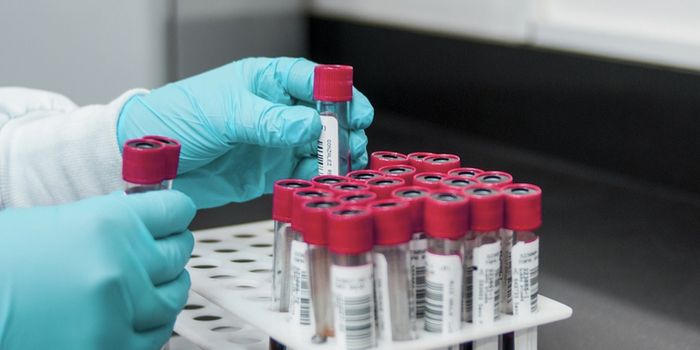Insight Into the Genetic Basis of a Rare Kidney Disease
A study at Columbia University uncovered genetic clues to the cause of Berger's disease, suggesting a genetic defect is behind it. While the exact genes that are involved and how environmental factors contribute to disease is still not known, this work has correlated two genes to the disorder, and is an important step forward in understanding the mechanism.
Berger's disease, also called IgA neuropathy or IgAN, is a rare disease that affects the kidney and the immune system, although it shows a range of symptoms in affected people. Scientists at Columbia University Medical Center have made some progress in the study of this poorly understood disease. While it is suspected to be a genetic dysfunction that underlies the process, and exactly which genes are involved are not known, alterations in two genes, C1GALT1 and C1GALT1C were found frequently in patients. The video above summarizes the findings.
In the disease, special structures in the kidney that remove waste from the blood, glomeruli, become inflamed. That inflammation results from an accumulation of the antibody immunoglobulin A, or IgA. The kidneys are not able to properly filter the blood, and there is no treatment for this disorder, which usually results in kidney failure.
"Very little is known about the causes of IgAN, genetic or otherwise, so our discovery represents an important step toward developing better therapies for this disease," commented Dr. Krzysztof Kiryluk, an Assistant Professor of Medicine at Columbia.
In the cellular process O-glycosylation, sugar molecules get stuck to oxygen atoms that are carried by amino acid residues that compose proteins. IgAN causes a defect in the O-glycosylation of IgA antibodies. It is known that disorders in the O-glycosylation of IgA are due to genetic mutations, and are a common characteristic in people with IgAN.
For this work, the genomes of 2,633 people of European and East Asian decent were analyzed in order to identify the genes that are linked to dysfunction in O-glycosylation. They found that variations in two genes, C1GALT1 and C1GALT1C1, were common in people that carried high levels of Gd-IgA1 markers.
"The genes are found on different chromosomes, but they make proteins that interact to form an enzyme critical for the proper glycosylation of IgA molecules," Kiryluk said.
"Since approximately 50 percent of variability in Gd-IgA1 levels is due to genetic factors, this means that about 43 percent of the genetic variability is still unexplained. We started with a relatively small study population, so explaining 7 percent of variability between individuals with the disease was a good start. As we analyze more patients, we expect that we will find more genetic variants and can begin to piece together how these variants interact with environmental factors to cause disease," concluded Kiryluk.
Source: UPI, Mayo Clinic, National Kidney Foundation, PLOS Genetics








